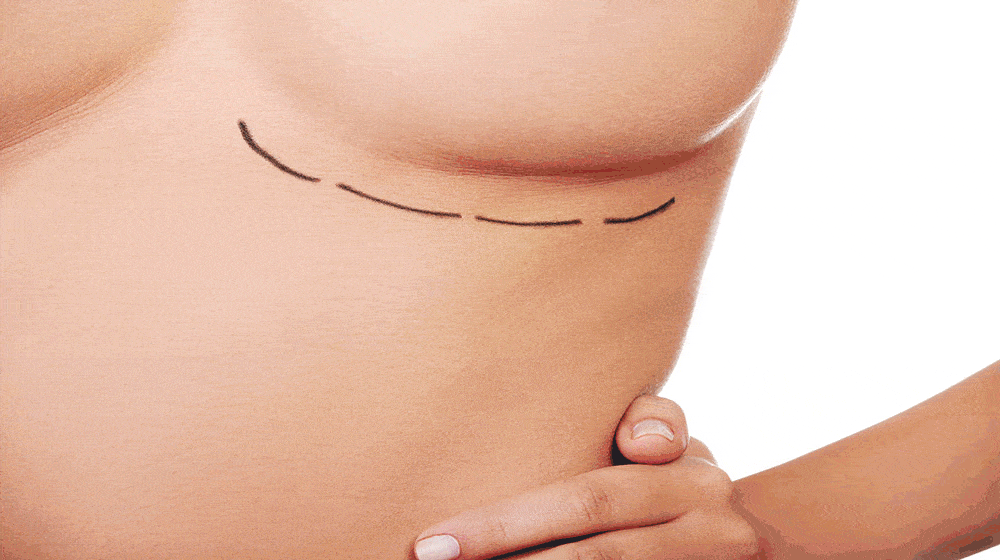For the past few years, the Kardashians have ruled the world of television and social media with their seemingly doll-like proportions and poreless complexions, with nary a hair out-of-place. Their fame brought about an epic surge in the public’s interest in the “remodelling” of one’s facial features. Headlines about their alleged multiple surgeries flooded newsstands daily. People started throwing words like, “plastic surgery”, “butt implants”, “boob job” around in everyday conversations.
But do we really know what the heck we’re talking about?

Many people wonder about the difference between cosmetic and plastic surgery, and oftentimes confuse one for the other. To put it simply: cosmetic surgery is a type of plastic surgery.
Plastic surgery refers to a broader umbrella that encompasses two categories of body modification. The first is reconstructive surgery which includes craniofacial surgery, hand surgery, microsurgery, and the treatment of burns. The second is cosmetic, or aesthetic, surgery. While the goal of reconstructive surgery is to restore or improve a part of the body, cosmetic surgery aims at improving the appearance of it.
The term “plastic” comes from the Greek word “plastikos”, meaning “to mold.” This is extremely apt as plastic surgeons “mold” the face and body during such procedures.
What Is Cosmetic Surgery?

Cosmetic surgery is performed in order to enhance the patient’s appearance. It may include:
Face Lifts
These are procedures wherein the skin and underlying tissue of the face are tightened to give a more youthful look. Surgery usually involves the removal of excess facial skin and the re-wrapping of the skin on the patient’s face and neck.
Abdominoplasty
This procedure removes unwanted fat and tissue from around the stomach. Also called the “tummy tuck”, surgery typically involves the cutting away of excess skin and fat from the middle and lower abdomen in order to tighten the muscle and fascia of the abdominal wall
Breast and buttocks reduction, lifts, and augmentation are also considered forms of cosmetic surgery.
What Is Reconstructive Surgery?

Reconstructive surgery is a form of plastic surgery that restores the appearance and function of a part of the body after being affected by injury or disease, and may also correct congenital defects using the techniques of plastic surgery.
Medical insurance covers reconstructive surgery, as the procedures are necessary for the betterment of the patient’s basic life functions, whereas cosmetic surgeries are not covered by insurance for their gratuitous nature.
On some rare occasions, cosmetic and reconstructive surgeries may converge, as is the case in breast reconstruction after mastectomy. Although the removal of breast tissue is considered a medical necessity (usually in order to treat cancer), there is also an aesthetic component at play. This is offered as an option for all patients, particularly young women, to make them feel more comfortable with their new body. Plastic surgeons match the two breasts to make them look as natural as possible.
What’s The Difference Between a Plastic Surgeon and a Cosmetic Surgeon?
The difference lies in the training involved. A plastic surgeon must have a three-year residence, followed by another three years of training in plastic surgery. It can take as long as eight years for a board-certified plastic surgeon to complete his or her training.
On the other hand, a cosmetic surgeon can be a general surgeon who is trained in cosmetic procedures such as liposuction, breast augmentation, and similar procedures. Plastic surgeons have the option of pursuing additional training to become cosmetic surgeons.
Now that you know the proper terminology, you may commence with plastic surgery-related conversations.

And if you’re considering having a surgical procedure done—whether for cosmetic or medical purposes—make sure to read up on the procedure thoroughly, as well as research the physicians who will be holding the knife. In any case, we wish you a safe and comfortable surgical journey!

